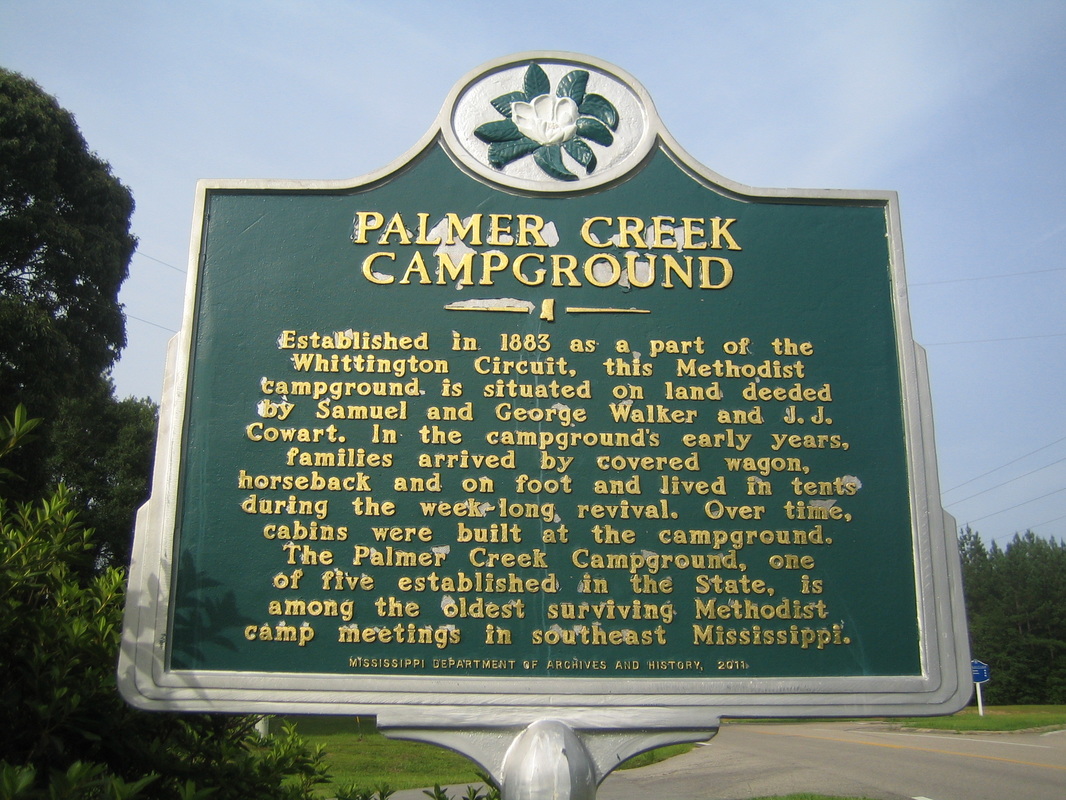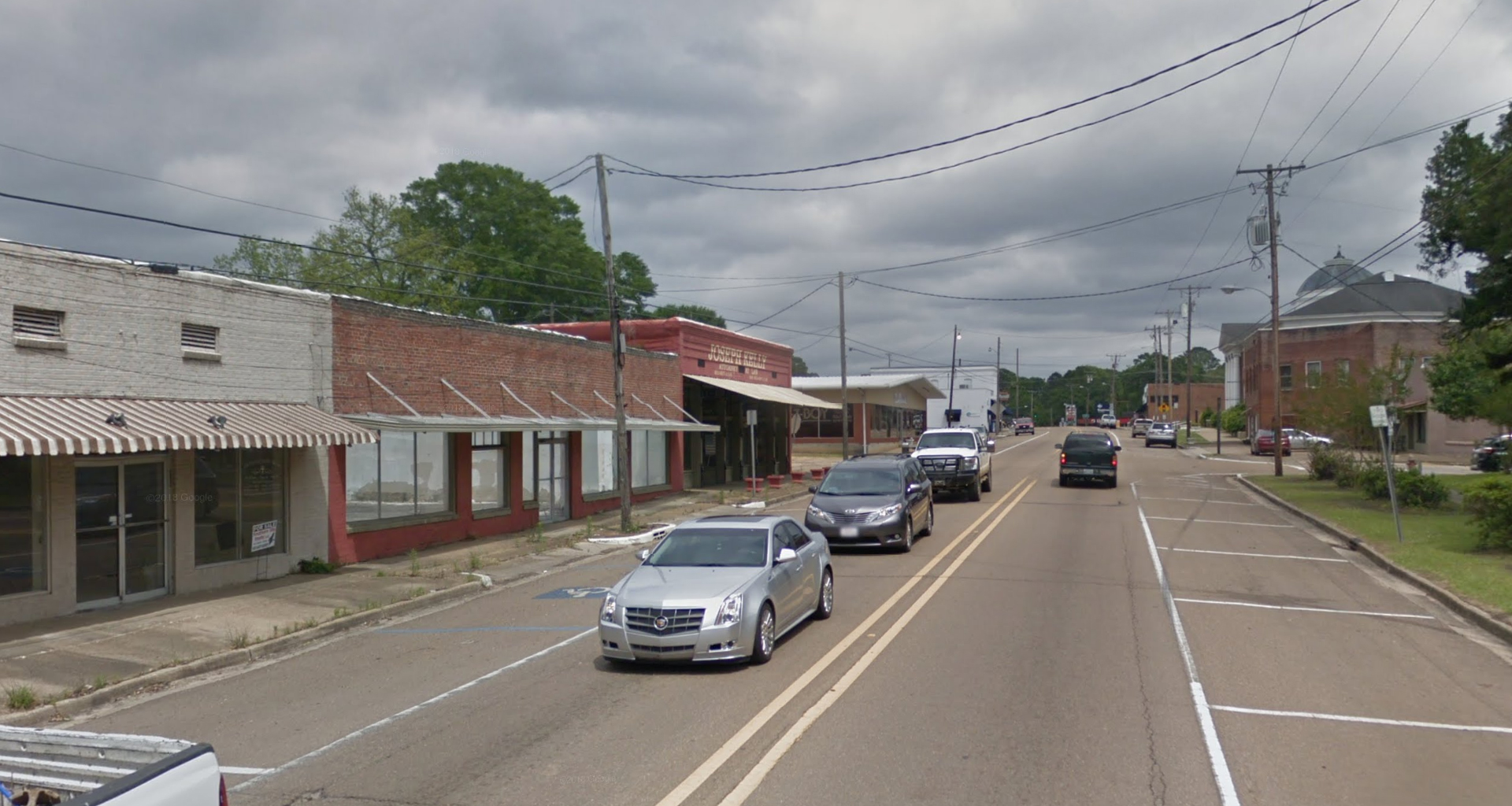


Their stories confirmed what we found in thousands of letters and other documents. Those interviewed represented the major sending communities including New York City, Chicago and Philadelphia and popular hosting sites. My team interviewed and collected memoirs from nearly 50 former hosts, guests and program administrators who participated in the program in the mid-20th century. Map designed by Bill Nelson, based on data compiled by Molly Williams, CC BY-ND Our interviews This map identifies more than 1,100 Fresh Air hosting sites active between 19, drawn from archival sources, newspaper accounts and publicity materials. Despite dealing with awkward questions about their home life, they enjoyed the chance to travel, swim in backyard pools and try new foods. Some guests had such positive experiences that they eagerly returned when invited. “We work toward creating better relationships and better understandings,” he said.

Arnold Nickel, a pastor and host from Moundridge, Kansas, even claimed in 1961 that bringing urban children into his community did more to quell racial tensions than the Freedom Riders – activists who faced violence and intimidation while integrating interstate bus travel in the South. Many hosts relished these intimate, home-based exchanges across racial lines. They had served more than 1.5 million children. Fresh Air programs operated in 20 states by that point, sending children from more than 35 cities on vacation. Beginning in the 1950s, as the civil rights movement heated up, the kids taking these trips became more diverse, and more than 80 percent were black or Latino by the late 1970s.


 0 kommentar(er)
0 kommentar(er)
